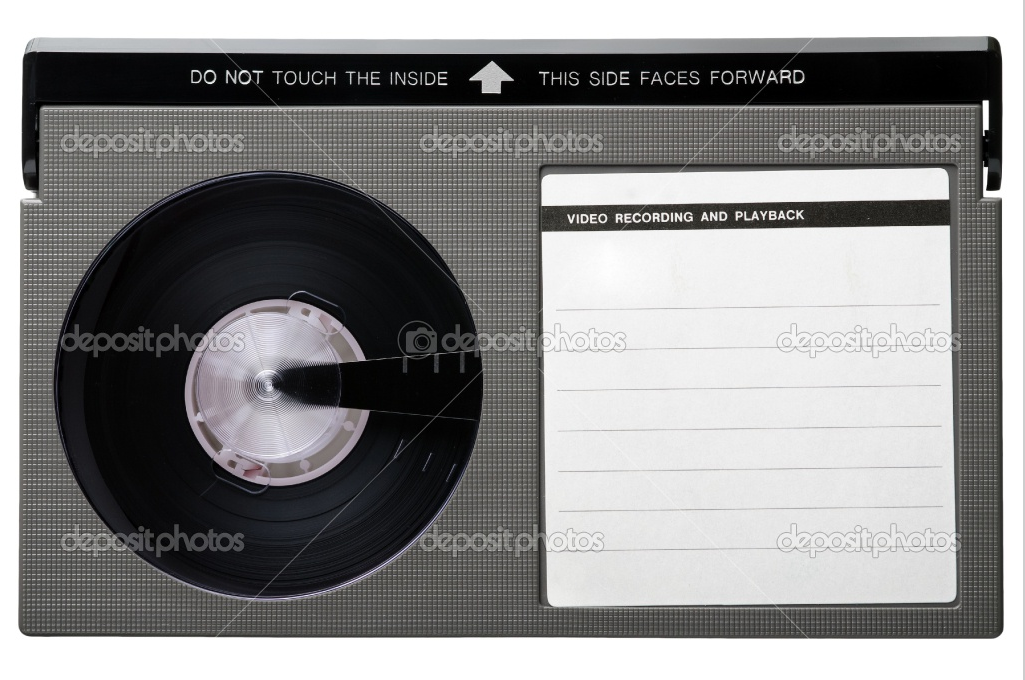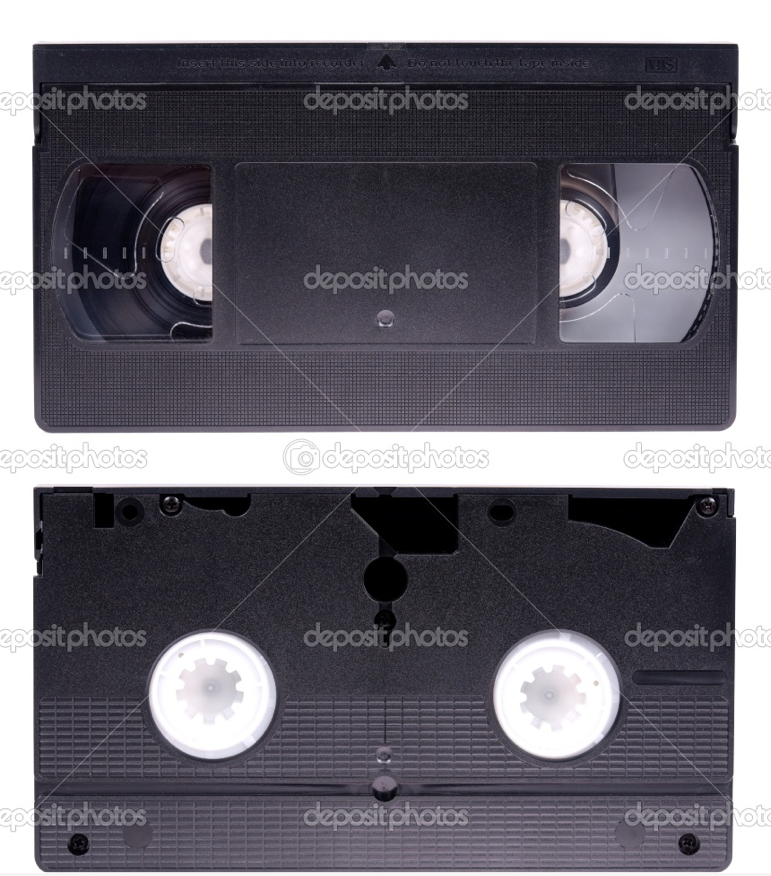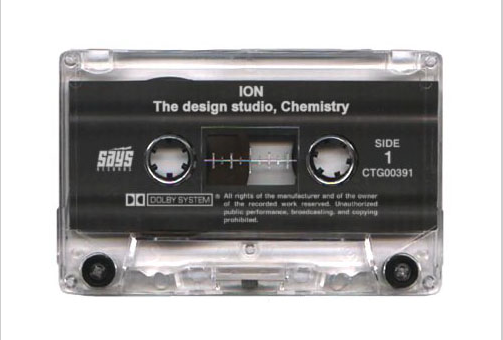This has been one of the most interesting articles that I have read for this class. Discussing the digital past in the context that we have been discussing all semester has been something to really think about.
I have seen how computer technology has evolved from the first computer that I purchased in 1998 through the present. It seem like within a year that you purchase a computer it becomes old and begins to slow down because of the amount of changes in the software that you might be running. Not to mention that soon after you purchase a computer a newer and faster computer becomes available. It can be overwhelming trying to figure out when to buy a computer and what computer is best for your needs. This all ties into trying to preserve the past in a digital format. I first began to use a computer when Windows 98 was the norm. Since then, I have purchase multiple computers that have had different operating systems and newer versions of software that sometimes works with previous editions. The bottom line is that with the rapid expanding processing capabilities of computers, new software to support the user needs have been developed to keep up with times.
One thing that I have been thinking about while being in this class is why has there not been a certain file type that has been created to use just for archiving digital files? There are hundreds of different digital file types such as music, text, images, and many others. Different file types have been developed by different software engineers to meet user needs. Why can’t there be a specific file type just for archiving digital files whether the files are photos, music, text, or whatever? Has there been an attempt to create a digital file type format just for archiving? Maybe this could be something that a group of software engineers can work on.
Developing a file type just for archiving and making it universal so that it will encompass all file types would be a start into digitizing the past and preserving it. Archiving files could be made available through the web in a manner that could only be read unless copied. If the file were to be copied from the web certain binary codes could be removed from it, making it different from the original source. I know that this might seem easy in concept but I wonder if it ever has been thought of? In my opinion, I think that engineering a certain file type just for archiving could potentially be a means of preserving the digital past.
Just as mentioned in the article, there are several things wrong with the way digital files are archived in the present day. One of the most significant problems is the evolving computer technology which can be hard to keep up with if you do not stay informed about new changes. In my opinion, until a certain file type is developed to withstand the rapidly changing softwares that are available in the market there will always be a threat of the digital past that has been recorded.
I don’t believe that we should ever stop preserving original artifacts because there is nothing like having the real thing. It does make it a lot easier to have access to the original artifact through the use of the internet. Sometimes you just don’t have the time or means of traveling the location where the original artifact might be stored. It is unfortunate that we are at the mercy of software engineers. They create the software required to read files and work in different media formats. As computer technology has evolved so has the software that comes with it.
In opinion, there could be a simple archiving file format that can be used for archiving digital material and potentially withstand the rapidly evolving computer technology. A bigger question such as how this file type could be incorporated into the existing internet and made accessible by everyone without losing its authenticity is something that presents a huge challenge, just as mentioned in this article. I found it fascinated that digital content that has been saved on different types of media has been slowly become unavailable because that media is no longer available. A perfect example of this is the 3.5 inch floppy disk. I used to have several disks that I recorded old files from old computers and eventually, I realized that I could no longer access these files because the new computers that I purchased did not have the capability to read this media. “Completely Tragic!!!”
Photos, music, documents, and other types of files were lost forever on those disks. In my life time I have used Beta Cassettes, VHS Cassettes, 8-Track Tapes, and Cassette Tapes which are longer used on a regular basis. I am sure that you could probably find an old player online somewhere if you really wanted to use these types of media formats.
There are many other cassette formats that I have also used in the past that are no longer used. We have had all sorts of different media formats that have been used through time so why can’t there be a certain type of digital file type format used specifically for archiving digital material but that can withstand the hands of time? Hopefully here in the near future some software engineer will come up with a concept for creating a specific file type that can be used to preserve all digital archives.





